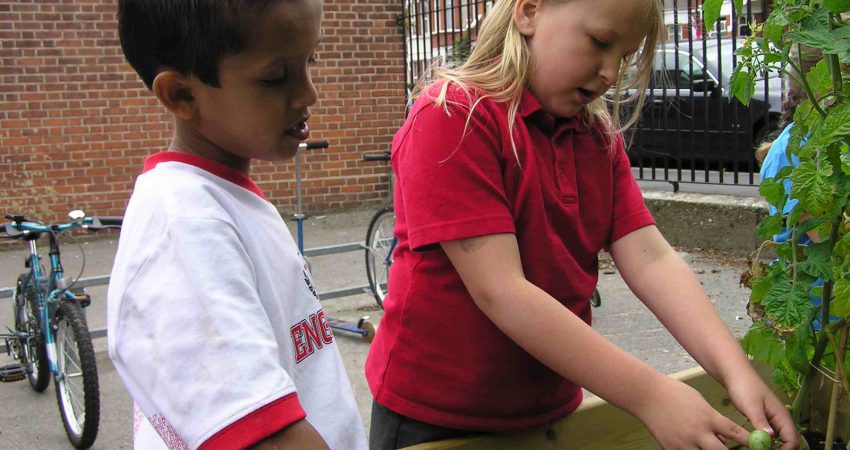
By Shelley Stromholt - May 2011
PAPER CITATION
Endreny, A. H. (2010). Urban 5th graders conceptions during a place-based inquiry unit on watersheds. Journal of Research in Science Teaching, 47(5), 501–517.
WHY IT MATTERS TO YOU
- Place-based inquiry education can help students develop conceptions of the natural world as relevant to their everyday lives.
- Visual and physical representations of natural spaces and phenomena, such as concept maps and science notebooks, help students demonstrate their understanding of scientific concepts, which can facilitate assessment of learning.
- Short interviews with students provide them opportunities for structured reflection and may make student conceptions explicit for educators.
What Is The Issue?
Place-based education provides a model for science learning that can acknowledge and draw on students’ local and cultural experiences. Though some might see place-based education as challenging in a climate of standards and testing, the authors argue that it is a useful instructional approach that enables students to engage in personally and locally relevant science content through direct interaction and observation with the natural world. Through guided inquiry and the development of sense of place, students in this study were able to make important gains in their understanding of the natural world and the National Science Education Standards (NRC, 1996). Educators can engage students in science learning by utilizing local natural resources such as neighborhood parks to demonstrate concepts of urban ecology.
What Was The Study?
This article discusses the results of a case study carried out by a teacher-researcher, as she designed and taught the project and then examined what happened in the classroom. Students from two fifth-grade classes in an urban Northeastern post-industrial city participated in the study. They represented a mix of income, race, and ability. Special education teachers and assistants helped to accommodate all students. The study consisted of watershed lessons that took place over the course of a school year, with data being gathered several times over the year. Data collection included student work, such as concept maps and science notebooks, and student interviews. The teacher-researcher used a coding process consisting of imposed codes derived from previous work on science concepts that could be taught about watersheds.
In this study, students engaged in place-based inquiry activities such as recording observations and questions that were later developed into guiding unit questions. They conducted water quality tests, made their own field guides, and created watershed models. For example, students told their parents about the project and requested to visit the watershed area with their family.
THEORETICAL UNDERPINNINGS
Reference cited: National Research Council. (1996). National Science Education Standards. Washington DC: National Academy Press.
What Were The Findings?
Over the course of the year, students showed a greater understanding of scientific concepts that were part of the core standards-based curriculum, such as the water cycle, watersheds, and pollution. In addition, they were able to identify physical and biological components of, and human and natural influences on, the watershed. For example, 91 percent of students identified plants and animals in a post-unit concept map about the watershed, in contrast to the 73 percent of students who did so in the pre-unit map.




